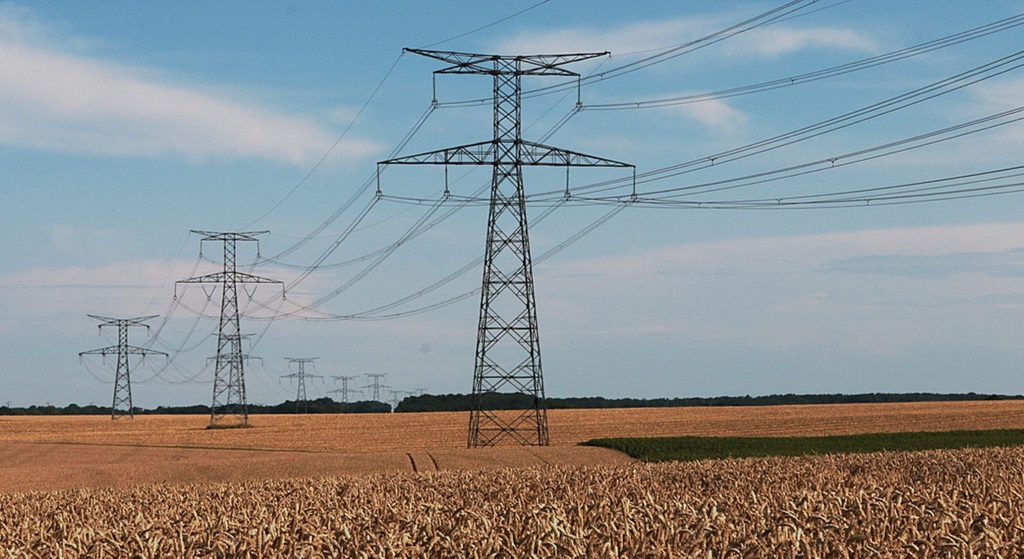Several municipalities in West Flanders have given the thumbs down to a spatial development plan submitted for the Ventilus Project’s high-voltage lines, Ledegem Mayor Bart Dochy said on Monday.
The project entails channelling energy produced by North Sea wind turbines through the power lines to the onshore grid. However, its spatial development plan has been turned down by municipalities such as Oostkamp, Zedelgem, Ardooie, Izegem, Harelbeke and Waregem.
Other municipalities, such as Avelgem and Zwevegem, have given a favourable opinion, but with conditions, Dochy said.
The Flemish government organised a plenary meeting in Brugge on Monday with the mayors concerned and other organisations and services, ranging from the Nature and Forest Agency to public transport company De Lijn and network manager Elia.
This consultation was the latest step in the procedure concerning the controversial high-voltage lines, following a decision announced in late March by the Flemish government on a preferred route for the Ventilus Project, which is to be extended in Wallonia through the Boucle du Hainaut to Courcelles, between Charleroi and Manage.
The Ventilus route would be mostly overhead, but it would also buried for 10 kilometres in the vicinity of Zedelgem, Torhout and Izegem to limit the impact on local residents.
Dochy said the mayors remain convinced that a completely underground route is the best option. “The burgomasters are also concerned about the health effects of radiation exposure, the impact on the landscape and the appropriate compensation scheme," he noted.
The Flemish government has promised a higher compensation scheme, but is also dependent on grid operator Elia and the regulator, CREG.
“Hopefully the comments and concerns expressed will be taken into account,” Dochy said.
It is now up to the Flemish government to determine a provisional spatial implementation plan, which would then be submitted to a public inquiry - possibly next autumn.

